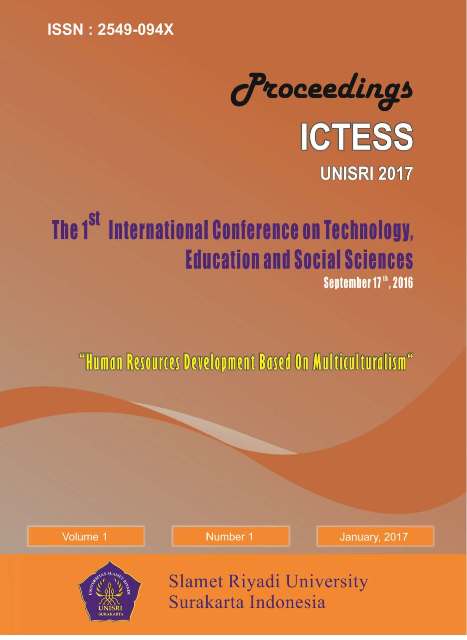The Grand Mosque of Sultan Mahmud Badaruddin II: Acculturation of Islamic Culture in Palembang
Abstrak
The GrandMosque of Sultan Mahmud II Badarrudin is the largest mosque in Palembang,
the architecture is influenced by diverse cultures on every building. This suggests that
acculturation that exists between Palembang and other nations. The building retained its
authenticity, to be interpreted by future generations as one of the relics of the past that
describes multiculturalism in Palembang. Multicultural research in the architecture of the
Great Mosque of Sultan Mahmud II is a qualitative Badarrudin that uses library research
and field research. The research objective is implemented to learners through
multicultural education through historical relics. The formulation of the problem is how
the culture of other nations affect the architecture of the GrandMosque of Sultan Mahmud
II Badarrudin Palembang? This study uses culture and multiculturalism with Historical
approach. Theory used for more in-depth analysis using the theory of semiotics, the theory
of diffusion and acculturation theory. The results of this study the Grand Mosque of
Palembang as a result of the work of Sultan Mahmud Badaruddin monumental in the
presentation of architecture can not be separated from the influence of outside cultures
that entered the archipelago, namely Chinese, Arabic and European (Dutch). As elements
of European culture were clearly visible on the mosque portico.
Keywords: The Grand Mosque of Palembang, Multiculturalism, Architecture

